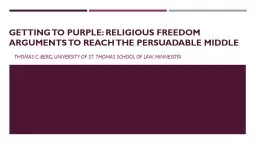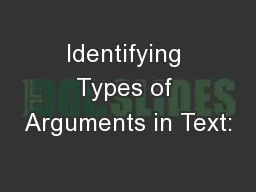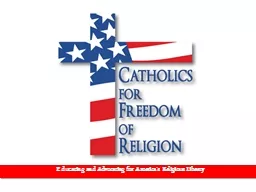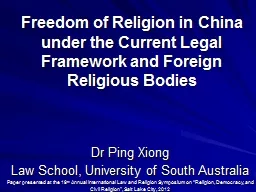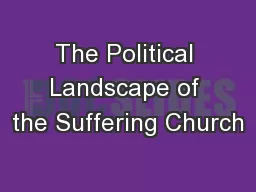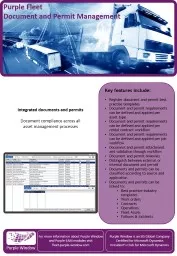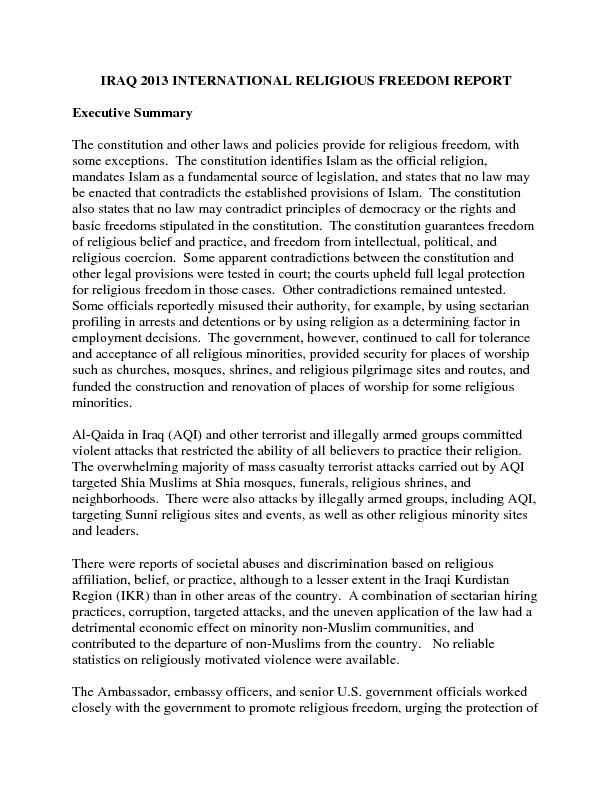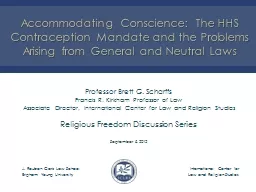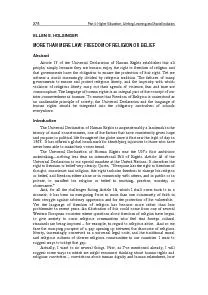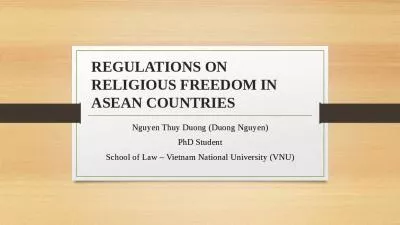PPT-GETTING TO PURPLE: RELIGIOUS FREEDOM ARGUMENTS TO REACH THE
Author : lindy-dunigan | Published Date : 2016-10-13
Thomas c Berg university of st Thomas school of law minnesota Background issues amp the legal framework Issues objections to facilitating abortion maintaining
Presentation Embed Code
Download Presentation
Download Presentation The PPT/PDF document "GETTING TO PURPLE: RELIGIOUS FREEDOM ARG..." is the property of its rightful owner. Permission is granted to download and print the materials on this website for personal, non-commercial use only, and to display it on your personal computer provided you do not modify the materials and that you retain all copyright notices contained in the materials. By downloading content from our website, you accept the terms of this agreement.
GETTING TO PURPLE: RELIGIOUS FREEDOM ARGUMENTS TO REACH THE: Transcript
Download Rules Of Document
"GETTING TO PURPLE: RELIGIOUS FREEDOM ARGUMENTS TO REACH THE"The content belongs to its owner. You may download and print it for personal use, without modification, and keep all copyright notices. By downloading, you agree to these terms.
Related Documents

